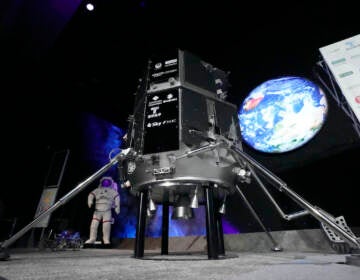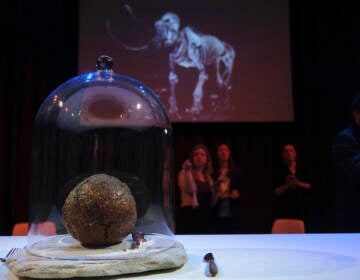After quake and cholera, some signs of normalcy
A year ago, the Dominican town of Jimani became the meeting point of aid workers trying to get to Port-au-Prince and injured Haitians fleeing their capital city.
(Photos by Susan Phillips)
A year ago, the Dominican town of Jimani became the meeting point of aid workers trying to get to Port-au-Prince and injured Haitians fleeing their capital city.
Some aid workers stayed to help out at the overrun general hospital. Others created a hospital in a newly built but empty orphanage on the outskirts of town.
American health-care workers, as well as doctors from places as far away as Japan and Italy, sawed off limbs and fixed broken bones — the results of collapsing concrete and poor construction. The grounds surrounding the orphanage became a heliport for quick delivery of supplies and the seriously wounded. A tent city of aid workers sprang up on the grounds, as well as at the Dominican Army base on the other side of town.
Today, you could hear a pin drop in all three places.
Last month, the General Hospital became the site once again for sick Haitians — but this time it was cholera. Those patients are all gone now and the beds and hallways where the wounded lay are empty.
The Good Samaritan Hospital near the orphanage is equipped but empty. An American missionary named Melissa Hanley, her husband and two children live there now, hoping to make use of the facilities. Hanley says a Christian aid organization in the U.S. built the orphanage and hospital with the philosophy of “if you build it they will come.”
But right now, they have come and gone. Except for three young Haitian boys, aged 10 and 11, who travelled to Jimani in the post-earthquake chaos and stayed, living on the streets of Jimani for a year until Melissa invited them in.
Yves Saint-Laurent is the smallest of the three, Radondo Morozo the most melancholy, and Clifford Sentis seems to be their leader. Clifford told me there is nothing that scares him. All three met in Port-au-Prince after the earthquake and have lived on the streets together ever since. The quake killed their mothers. They worked for a TapTap driver to earn their fare to the border. Once they reached Jimani they slept on the streets and begged for food. Today, they have beds, food and even a Creole-speaking tutor. All three aspire to be pastors.
The road on the Haitian side of the border has clearly felt the impact of last year’s trucks. Potholes the size of craters are filled with 2 feet of water in places from the crocodile-infested Lake Saumâtre.
The town of Fond Parisien on the Haitian side of the border became the site of a refugee camp. Dominican authorities began transferring patients across the border soon after they were treated at the hospitals. Workers from the Boston-based Partners in Health created a post-op ward on the grounds of an orphanage run by American evangelicals called Love a Child. The injured created what shade they could out of tarps and chairs, refusing to go inside for fear of the dreaded concrete. A tent city grew up close by; at one point, 1,500 people lived there.
But about half of those residents are now in newly built houses made of wood with tin roofs. They’re all handicapped-accessible because so many of these Port-au-Prince refugees have had legs or arms amputated. They told me they would not have moved into those houses if they were made of concrete. Many still suffer from racing hearts and headaches when heavy trucks rumble by on their way to the border crossing. But they feel safe here, living in pastel-colored wooden houses.
WHYY is your source for fact-based, in-depth journalism and information. As a nonprofit organization, we rely on financial support from readers like you. Please give today.




